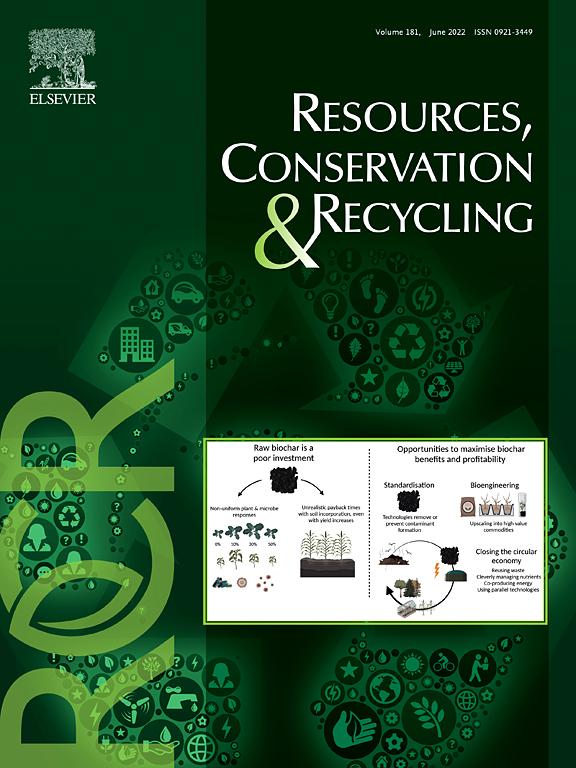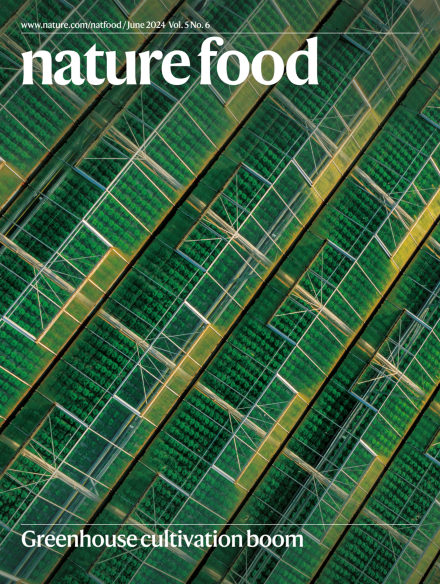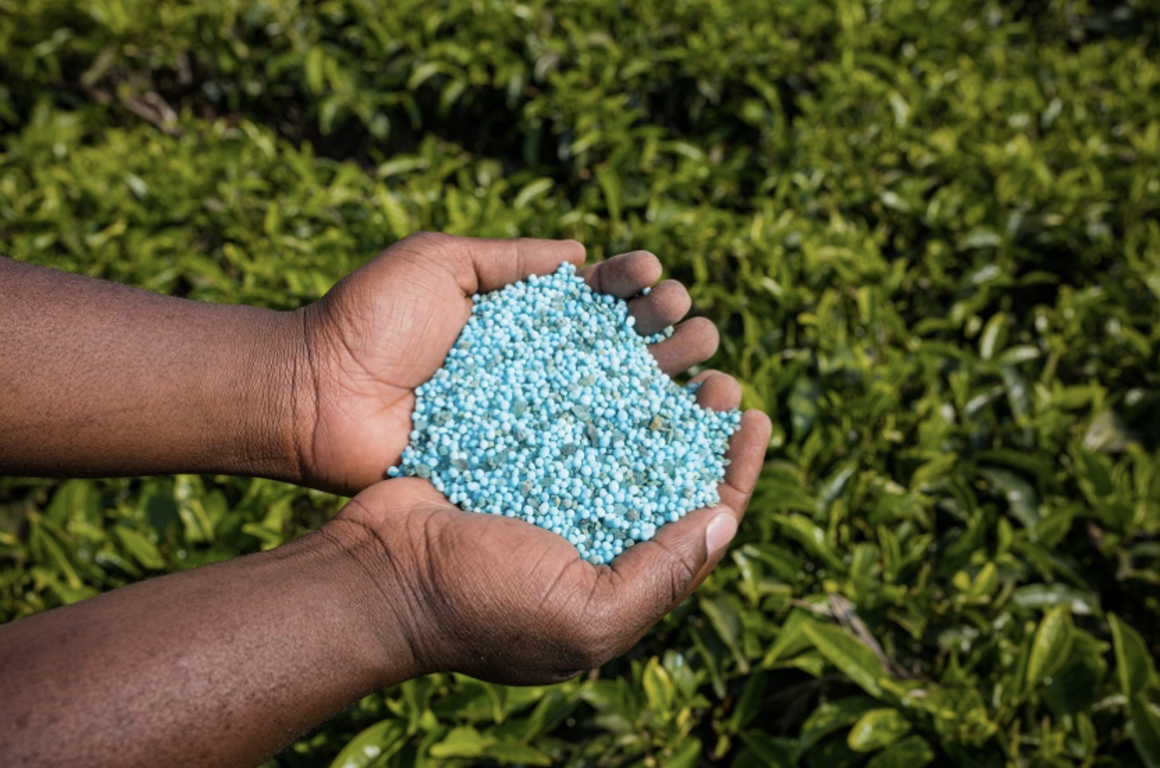Costs and benefits of ammonia abatement in Australia
Zhang X, Sun Y, Liang X, Lam SK, Liu L, Gu B, Chen D. Costs and benefits of ammonia abatement in Australia. Resources, Conservation and Recycling. Jul 1;182:106318. (2022) https://doi.org/10.1016/j.resconrec.2022.106318
The abatement of ammonia (NH3) emissions has attracted much attention globally given its increasingly dominant roles in ecosystem sustainability and human health. The potential, costs and benefits of NH3 abatement in Australia, the driest inhabited continent in the world, are less known. We mapped the latest spatial-temporal NH3 emissions in Australia and assessed the feasibility of NH3 abatement. Results show that annual NH3 emissions in Australia ranged 1.2–1.4 Tg N yr-1 in response to agricultural activities and climate variability during 2014–2019. Intensive animal and cropping systems occupy ∼13% of Australia’s land but contribute 60% of NH3 emissions. The mitigation potential of Australian agricultural NH3 emissions is 32% (21–47%), with implementation cost estimated at 0.3 (0.1–0.9) billion US dollars (USD), equivalent to only one-tenth of the total mitigation benefit at 3.1 (0.5–7.6) billion USD. The societal benefits of mitigating NH3 emissions in terms of ecosystem sustainability (0.6–6.2 billion USD) are higher than human health benefits (0.8–1.9 billion USD) due to the small human population and the uniqueness and significance of Australia’s biodiversity. Mitigating NH3 emissions in Australia should be prioritized to the animal and cropping systems to achieve the low-hanging fruit. Cost-effectiveness mitigation of NH3 will require integration with the current climate policy.
Read our summary blogpost here.




